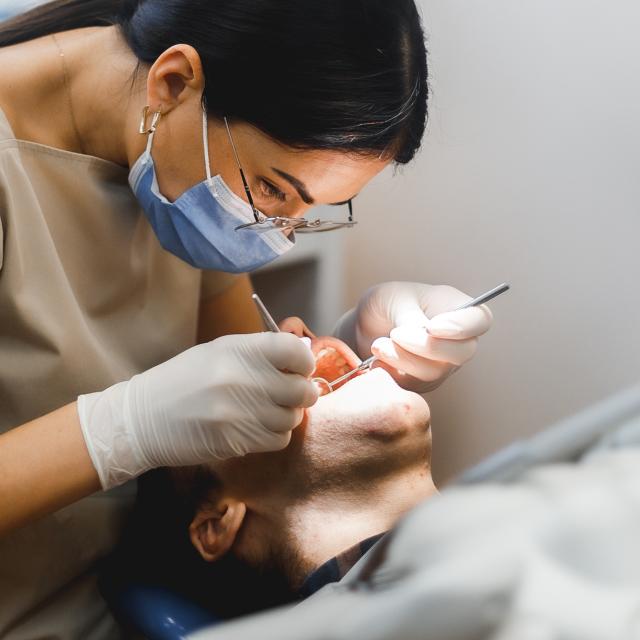New research shows no increase in the proportion of adults in England with autism or psychotic disorders
 Press release
Press release

The Adult Oral Health Survey (AOHS) 2023 is the latest in a series of nationally representative surveys of adults’ oral and dental health in England, carried out approximately every ten years since 1968. These surveys, previously known as Adult Dental Health Surveys (ADHS), have been used to estimate the prevalence of dental and oral health conditions. They provide an insight into the health of adults’ teeth and mouths and the need and access of treatment in England.
The AOHS 2023 was commissioned by the Office for Health Improvement and Disparities (OHID) within the Department of Health and Social Care (DHSC). The survey was carried out by a consortium led by the National Centre for Social Research (NatCen). The consortium includes dental academics with experience of oral epidemiology from the following organisations:
The University of Leeds also provided guidance and support to the survey and its design.
The AOHS 2023 was designed to be the next face-to-face survey in the series following a gap in data collection. The 2023 survey was a random probability survey, covering adults living in residential households in England. Data collection took place from June 2023 to April 2024. Up to 2 adults aged 16 and older from each eligible household were invited to take part.
Data collection for the 2023 survey involved a face-to-face interview conducted by a NatCen interviewer in the participant’s home. Interviewers were accompanied by a trained and calibrated dental examiner who performed the oral examination on consenting participants. This took place during the same visit, unlike in previous surveys, where the interview and oral examination were carried out in 2 separate visits.
A household response rate of 28% was achieved. Overall, 2,285 adults were interviewed and 1,619 of these adults also had an oral examination.
 Press release
Press release
 Press release
Press release
 Press release
Press release

Receive a regular update, sent directly to your inbox, with a summary of our current events, research, blogs and comment.
Subscribe